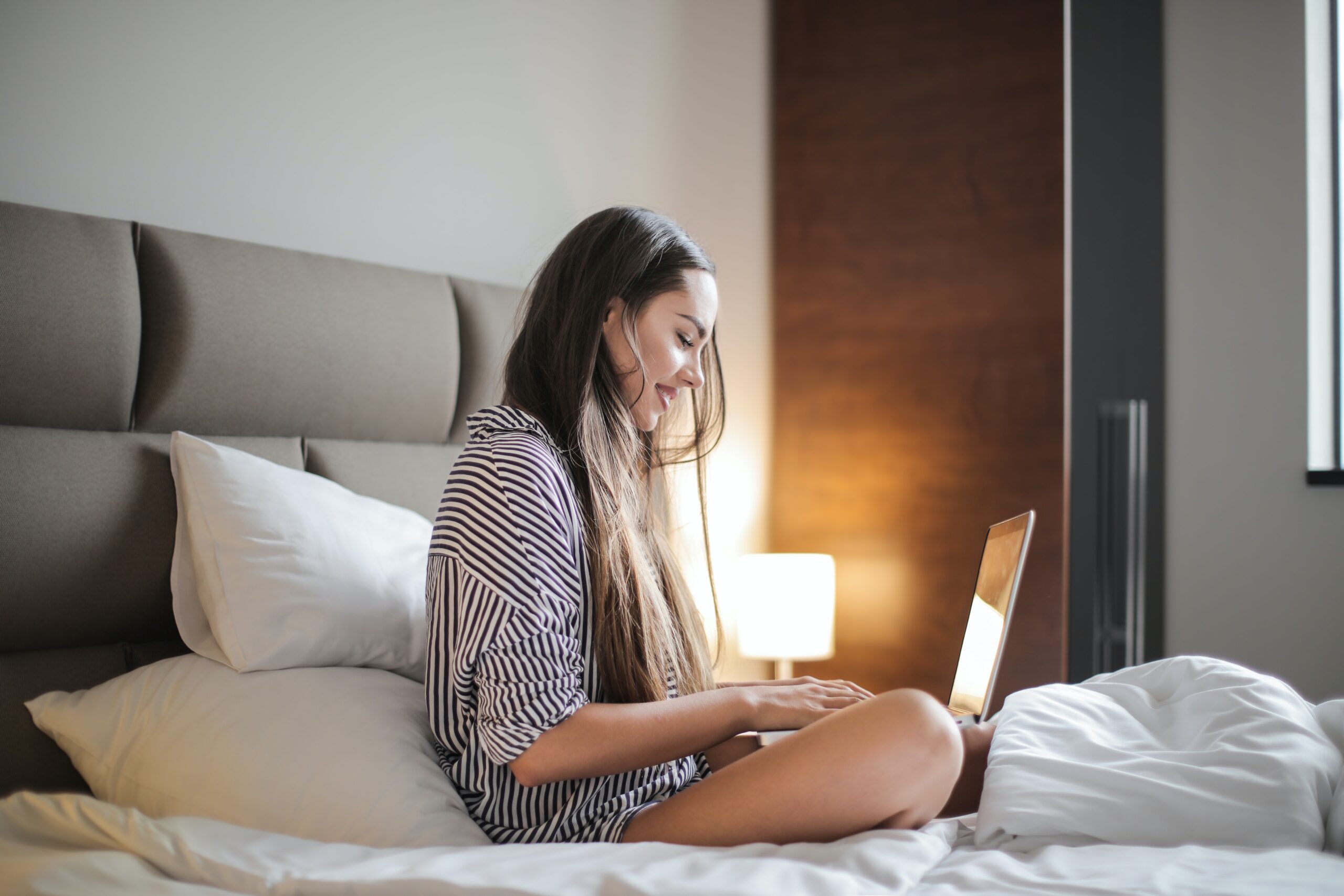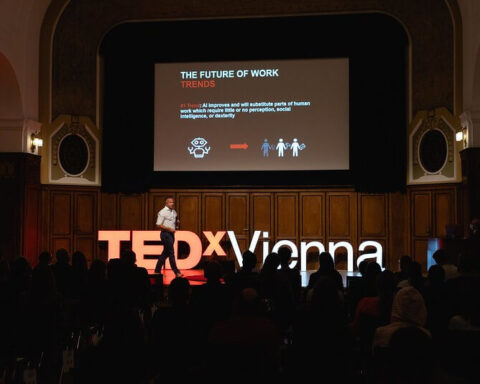We know that the talk of an increasingly digitalized workplace began long before the recent pandemic (not that it’s totally over) and as a result, terms such as ‘remote-work’ or ‘hybrid-working model’ are nothing new per se. However, it feels like almost overnight, COVID-19 put businesses to the test.
According to research conducted by the International Labour Organization (ILO), sectors such as accommodation and food services, as well as retail and manufacturing were hit particularly hard with job losses. Sectors which were not ‘integral’ to public life, which we would assume to already be largely digitalized and able to make the transition to work-from-home amidst a lockdown, fared better. These include the information and communication, as well as financial and insurance sectors.
Companies which previously had more ‘conservative’ work policies relating to flexibility as to where, when and how you work found themselves unwillingly entered into a social experiment. While telling their employees to go home, they found themselves grappling with technology issues, security issues and a myriad of other policies which needed to be reconsidered and adjusted. In 2019, the European Commission found that only 5% of the employed within the EU worked from home, whereas the results of an EU survey by Eurofound in April 2020 showed that 37% of employed people were already working from home by then.
A year after those fortunate enough to keep their jobs traded proper pants for pyjamas, I think it’s safe to say that employers and employees have learnt a lesson or two. While some companies realised working from home could even increase productivity and save costs, the concept of a work-life balance took center stage for the employed.
What is a work-life balance?
A work-life balance is defined as “the equilibrium between personal life and career work.” It’s something all of us strive for, because at the end of the day, we don’t want to look back on our lives and realize we spent all that time hustling with nothing to show for it. However, this is a very privileged position to take and it’s important to note that single parents or individuals with a lower income, for instance, may not have that option and the pandemic certainly didn’t ease their concerns. Those who can/do continually strive for that coveted work-life balance are beginning to comprehend that it is not just a singular point you reach, where you can finally yell: ‘I’ve done it! I’ve finally found the perfect balance!’
Instead of being seen as an achievement, a work-life balance is being increasingly viewed as a cycle. It’s an effort that needs to be constant from both the employer and employee’s end.
While working from home means you have more flexibility over your schedule, you may need to constantly be available, which could explain the additional stress that working from home entails in comparison to those who work in-office. Additionally, without efficient communication skills between management and employees, it’s hard to gage who is juggling more than they can handle – eventually leading to overwork and burnout.
Expectations & reality of working from home
Granted the conditions are a little different during a lockdown, but for those suddenly working from home, boundaries took on a whole new meaning.
While I was personally excited about the aspect of being able to sleep in a little longer in the mornings and be able to make breakfast in my own kitchen, I lacked a newly established routine. With the need to feel constantly available (it’s not like there was an excuse or opportunity to do anything but work) and a shortage of physical barriers, it rarely felt like I could totally shut off. I started my day in front of my laptop and ended it there too. Without naturally enforced breaks like raiding the snack aisle at the supermarket after lunch with coworkers, my motivation to even leave the house was virtually zero. Trust me, you’d be appalled by my step-counter log. Additionally, my contacts were reduced dramatically and I realized that I underestimated the importance of seeing my colleagues every now & then. Doing so via Zoom just wasn’t the same.
It cannot be stressed enough that these perceptions were exacerbated by a pandemic which significantly cut down the public’s ability to have a life out of work, so it’s no wonder that I felt like my life only revolved around that one thing. I do feel that under ordinary circumstances, the freedom to work from home occasionally certainly would’ve had its benefits.
Outlook
It therefore will come as no surprise if more and more companies make the switch to hybrid-working models in order to get the best of both worlds:
- Autonomy
- Flexibility
- High performance
- Collaboration
- Positive work relationships
- Effective work habits
From a management perspective, this will require the right technology, adequate communication tools, more flexible policies, which for instance define productivity by output and not input (eg. hours worked), a sense for how to create social cohesion and a touch of trust.
It will be the job of employees to use the additional freedom responsibly, while acknowledging how working from home can affect physical and mental health and setting healthy boundaries. Once we dare to utter the words ‘the pandemic is over’, it will be important to take the learnings from this social experiment and apply them in a way which will accommodate for a future with more work-life balance.
(Photo from Pexels by Andrea Piacquadio)






Great article 🙌